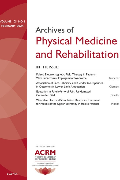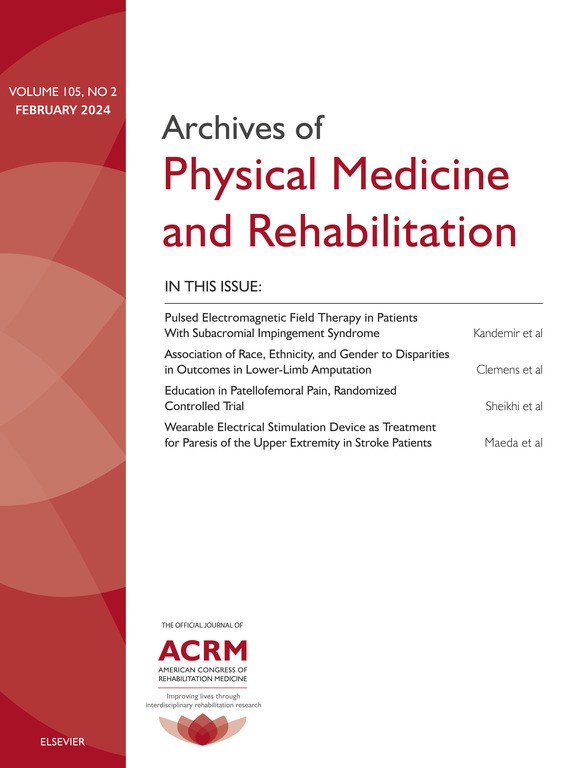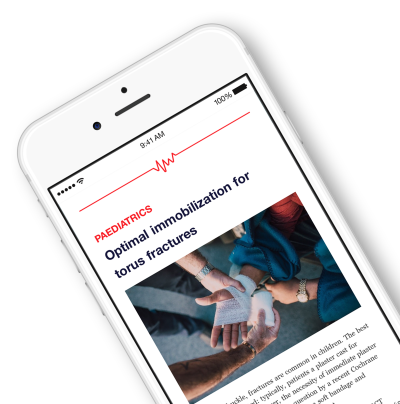
Thumb carpometacarpal osteoarthritis: Radial nerve mobilization as a possible treatment .
This report has been verified
by one or more authors of the
original publication.
Radial nerve mobilization decreases pain sensitivity and improves motor performance in patients with thumb carpometacarpal osteoarthritis: a randomized controlled trial
Arch Phys Med Rehabil. 2012 Mar;93(3):396-403. doi: 10.1016/j.apmr.2011.08.045. Epub 2012 Jan 260 patients with dominant-hand thumb carpometacarpal osteoarthritis (OA) were randomized into two groups to measure the effects of either radial nerve mobilization treatment or a nontherapeutic placebo treatment on pain sensitivity and pinch strength. At 2 months follow-up, patients who underwent radial nerve mobilization experienced a decrease in pain sensitivity in the trapeziometacarpal joint and an increase in tip and tripod pinch strength.
Unlock the Full ACE Report
You have access to 4 more FREE articles this month.
Click below to unlock and view this ACE Reports
Unlock Now
Critical appraisals of the latest, high-impact randomized controlled trials and systematic reviews in orthopaedics
Access to OrthoEvidence podcast content, including collaborations with the Journal of Bone and Joint Surgery, interviews with internationally recognized surgeons, and roundtable discussions on orthopaedic news and topics
Subscription to The Pulse, a twice-weekly evidence-based newsletter designed to help you make better clinical decisions
Exclusive access to original content articles, including in-house systematic reviews, and articles on health research methods and hot orthopaedic topics

































































